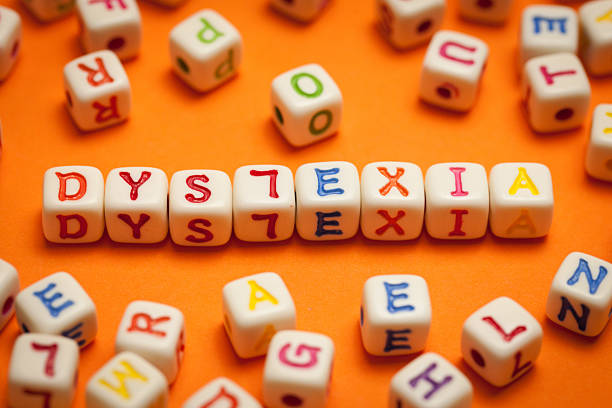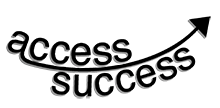Dyslexia is a disability that affects around 10% of the population and 4% severely.

There are many different definitions of dyslexia and The British Dyslexia Association states:
“Dyslexia is a specific learning difficulty that mainly affects the development of literacy and language related skills. It is likely to be present at birth and to be life-long in its effects. It is characterised by difficulties with phonological processing, rapid naming, working memory, processing speed, and the automatic development of skills that may not match up to an individual’s other cognitive abilities.
It tends to be resistant to conventional teaching methods, but its effect can be mitigated by appropriately specific intervention, including the application of information technology and supportive counselling.” (BDA, 2007)
The international Dyslexia Association’s (IDA) reads:
“Dyslexia is a specific learning disability that is neurological in origin. It is characterised by difficulties with accurate and/or fluent word recognition and by poor spelling and decoding abilities. These difficulties typically result from a deficit in the phonological component of language that is often unexpected in relation to other cognitive abilities and the provision of effective classroom instruction. Secondary consequences may include problems in reading comprehension and reduced reading experience that can impede growth of vocabulary and background knowledge.” (IDA, 2002)
These definitions share some common factors, for example there is often a discrepancy between a person’s underlying ability in relation to his/her phonological processing skills. These definitions indicate that children and adults with dyslexia tend to have a combination of traits and therefore each profile is unique. However, they both provide a narrow and somewhat negative view of dyslexia as they focus on the challenges experienced by students, for example difficulties with reading and spelling instead of recognising many of the skills and capabilities of the individuals. Contrary to popular belief, dyslexia is not only about literacy but it affects the way information is processed, stored and retrieved. Consequently, it should be regarded as a processing style instead of a learning disorder (Eide & Eide, 2011).
Learning in the classroom using conventional teaching methods can be a frustrating experience because dyslexic children may not be able to access the reading materials or respond to questions easily. Some children with dyslexia lack reading fluency but often, they have higher reading comprehension skills. Others may struggle to transfer their thoughts onto paper in a clear and concise manner yet they possess an abundance of creative ideas with powerful imagery. Therefore, there are many strengths associated with dyslexia.
The main focus should be upon how the dyslexic brain works in order to improve the understanding of dyslexia and consequently create appropriate multi-sensory strategies and resources to aid learning. Many dyslexic people have considerable talents and abilities due to the difference in their brain structure and their strengths and weaknesses need to develop simultaneously. These attributes include well developed reasoning skills, the ability to visualise objects and ideas with a 3-D view, the ease with which they look for deeper layers of meaning and context beneath the more obvious meaning and the predisposition to find interesting relationships and associations between situations/ideas. Consequently, employers often look to recruit people with dyslexia as building/construction crews because they often excel at spotting flaws in blueprints that create figures that could exist in 3-D space. This requires the ability to perceive how different parts of an object relate to others in forming a larger, bigger picture.
There are a large number of famous dyslexics including engineers, architects, scientists, inventors, actors/actresses and designers. Many of whom struggled at school and left with few qualifications. Bill Gates is a good example of a student whose exam results did not reflect his ability: “I failed in some subjects in exams. But my friend passed in all. Now he is an engineer in Microsoft and I am the owner of Microsoft.” Albert Einstein stated “Everybody is a genius. But if you judge a fish by its ability to climb a tree, it will live its whole life thinking it is stupid.” This highlights the importance of developing a child’s confidence and self-esteem in order to reach his/her potential.
If you are worried about whether you child may be dyslexic, speak to the school in the first instance and, if appropriate, request a diagnostic assessment as soon as possible.
